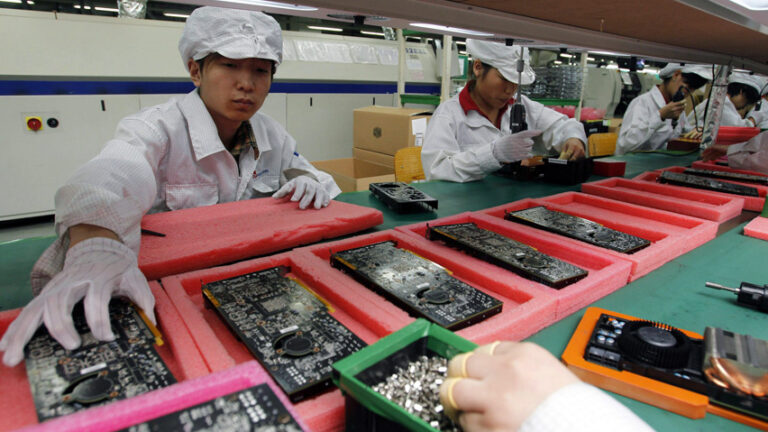
Electric vehicle boom taking heavy social and environmental toll
Mass adoption of electric vehicles is widely seen by governments and businesses as a key element of the energy transition. But the soaring demand for batteries to propel these vehicles comes with devastating social and environmental impacts. In its report ‘The battery paradox’, SOMO analyses the consequences of the electric vehicle boom and explores alternatives to reduce emissions from road transport.
-
The battery paradox (pdf, 1.46 MB)
Lithium-ion batteries are at the core of the electric vehicle boom. The rising demand for the minerals required to produce these batteries – lithium, cobalt, nickel, graphite and manganese – will lead to an unprecedented surge in mining in the years to come, exacting a very high social and environmental cost. Communities across the globe are already experiencing the consequences of this global scramble for resources, ranging from severe pollution and water scarcity to dangerous working conditions, child labour and land conflicts.
Reduce demand for minerals and energy
Citing a growing body of scientific evidence, the report casts serious doubts on the sustainability and fairness of the mass electrification of the vehicle fleet in the Global North. “As governments and businesses embrace electric vehicles to meet the Paris climate targets, we run the risk of getting locked into a model based on private car ownership,” says Alejandro González, researcher at SOMO and coordinator of the GoodElectronics Network(opens in new window) . “Considering the amount of raw materials that needs to be mined for each car, there is simply no way to make this model sustainable.”
Despite electrification, the number of vehicles on the road is predicted to grow from 1.2 billion in 2020 to 1.6 billion in 2040. From those 1.6 billion vehicles in twenty years, still around 1.1 billion are expected to have internal combustion engines, the same number as in 2015.
To relieve the pressure on the planet, the report concludes that any energy transition strategy should prioritise reducing demand for batteries and cars, thereby reducing mineral and energy use in absolute terms. Strategies proposed include ride-sharing, car-sharing and smaller vehicles. Combined, these approaches have the biggest potential to reduce the negative impacts of road mobility.
Recycling
In addition to the problems associated with the sourcing of minerals, the battery value chain is also flawed at the other end of the spectrum. Lithium-ion batteries are currently not being designed to optimise recycling. Gonzaléz: “The standardisation of cells, modules and packs would increase recycling rates and efficiency, just as we saw when lead-acid batteries were standardised.”
Do you need more information?
-

Alejandro González
Senior Researcher -

Esther de Haan
Senior Researcher
Related content
-

-
 Child labour widespread in production of cars and electronicsPosted in category:NewsPublished on:
Child labour widespread in production of cars and electronicsPosted in category:NewsPublished on: -



